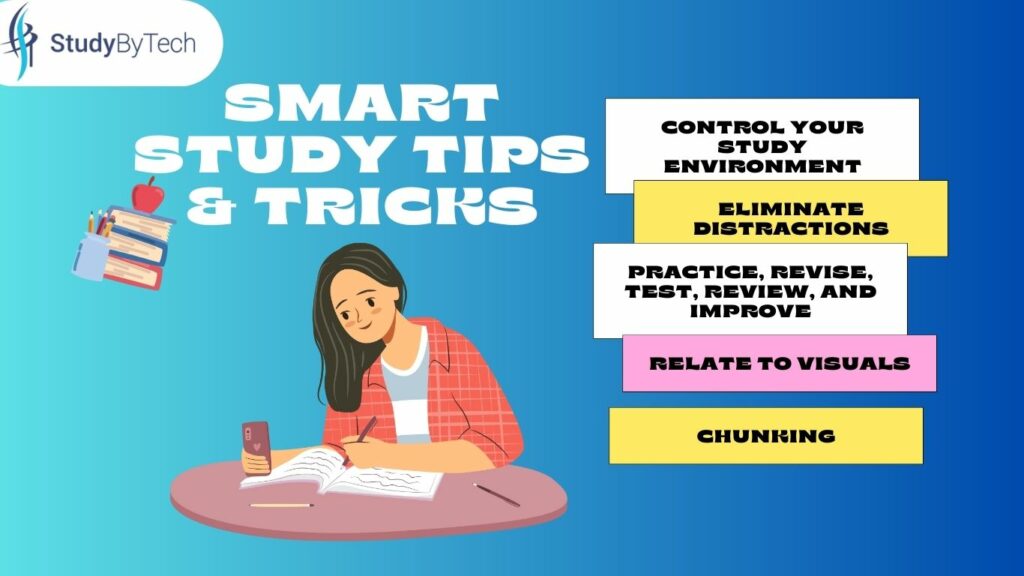To be very honest, after our exams are sent in, we students make a bit of a riddle for the folks who sit down to read them. How should we actually gauge the quality of our work? Are there any specific requirements? However, these are a few of the unanswered questions. Now we are stepping behind the scene and will give some of the insights from CA Parag Gupta sir, the Institute of Chartered Accountants of India (ICAI) experienced examiner.
The Step-Marking Approach
Among many interesting facts about the marking process, step marking is a quite difficult concept. Thinking all of the steps given the same weight in solving a problem is the concept that is refuted by the presence of “step marking”. Through his work as an examiner, Chartered Accountant Parag Gupta shares facts originally learned from good examination papers that the ICAI provides a list of directions containing their evaluation of the students’ answers. His overviews are such that different steps, according to their levels of difficulty and importance, are allotted various marks.
Common Pitfalls in Exam Writing
Key Insights:
1 Unequal Step Values: Not all steps in answering a question are necessarily worth the same amount of points. The marks are given based on the degree of rigor and significance pertaining to some or another element of the task.
2. Difficulty-Based Marking: By scoring the most difficult parts better, the examination helps students learn problem-solving skills. Students who are capable of solving more difficult assignments are the ones who will benefit from this technique.
3. Not All Important Steps Are Equal: However, the plan may be such that an step that appears to be the key does not necessarily receive the highest score. The very nature of the marking scheme that requires classifiers to rank the solutions on level of complexity.
A Glimpse into the Examiner’s Sheet
During a revealing demonstration, Parag Gupta sir who is a Chartered Accountant & had been an examiner at ICAI has brought with him a real examiner’s paper that is given by the ICAI. This rare insight into the examiners’ inner maze of evaluation was attended to what was:
– The exhaustive directions meticulously mentioned fine points to examiners on how to allocate marks
– Clear marks for wrong answers are also stated in the examiners’ marking system

The Rationale Behind Step Marking Approach
The step-marking method accomplishes the following:
Fidelity: It certifies that students who grasp the general principle and who can handle complex tasks, earn their proper scores.
Thorough Assessment: By dissecting the scoring into steps, examiners are in a position to give more detailed evaluations of a student’s knowledge.
What This Means for Students
Comprehending the marking system do project the way you tackle the examination:
Concentrate on the Concepts: It is equally important to yourself with the most difficult steps if you want to master the concepts in-depth rather than learn the processes.
Demonstrate Your Work: Even though you don’t know the final result, showing your problem-solving method will give you several points.
Time Allocation: Divide your study hours according to the difficulty of the steps that are likely to fetch more marks.
Accept Challenges: Do not escape yourself with the hard bits of any question. These are the ones that you can score the highest with. Therefore, instead of finding out an easier way to solve the problem, which is not right, you should concentrate on understanding the genuine problem. Ask for help or do further reading. By understanding the examiner’s perspective, the students are guided towards learning, not only for the exam but rather, to a more profound comprehension of their issue. You know these exam are not just to check if one remembered; they are to test if the student can apply the learned knowledge on the battlefield. This includes whether the point will serve you in your future career that you aspire to as
Remember, the aim of the exam is not just to evaluate your memory but also to test your ability to apply knowledge in hard situations skill that would be of much use to you in your future job as a Chartered Accountant.
As you prepare for your next exam, keep these insights in mind. They might just be the key to unlocking your full potential and achieving the scores you aspire to!
FAQ’s
CA tests. In many jurisdictions, professional accounting certification requires passing the CA Exam. The exam is given by the Institute of Chartered Accountants of India (ICAI). There are two parts to the CA Exam: the practical and written tests.
You must have completed Class 12 or an equivalent qualification with at least 50% marks from a recognized school or institution to be eligible for the CA Foundation exam.
Candidates can take the CA Foundation exam six times after registering for three years. What is the annual frequency of the CA Foundation Exam? The Institute of Chartered Accountants of India (ICAI) conducts the CA Foundation Exam three times per year.
